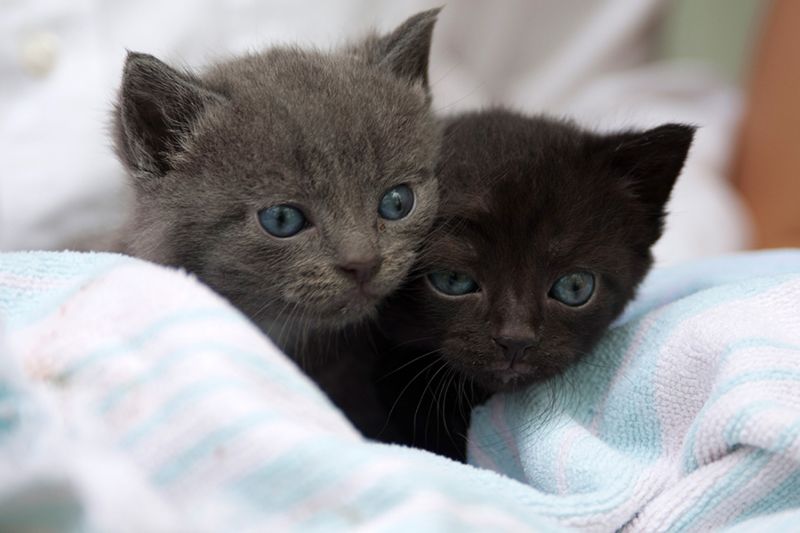Kitten season
What’s in your kitten season survival kit?
March 22, 2017

Punxsutawney Phil may have seen his shadow, indicating six more weeks of winter, but due to the warmer-than-average temps in January and February, the cats weren’t buying that prediction. For many, kitten season has come.
Kitten season is that legendary time of year shelters and rescues brace for, like an impending natural disaster. Stock up on milk replacer and ready those winter-dormant foster homes! We even make posters and memes of the impending boom. Yet with climate change as the new normal, we find ourselves dealing with a kitten season that comes earlier and lasts longer—and in some places occurs year round.
What‘s in your kitten season survival kit? There are tons of programs that can help expand your organization’s capacity to care for the relentless influx of the internet’s favorite animal. Fast-tracking adoption-age kittens to reduce their length of stay. Establishing a neonatal kitten nursery at your facility. Recruiting and training more bottle baby fosters. Hosting a kitten shower supply drive. Empowering the community to temporarily care for kittens they find through a foster-to-surrender protocol. Employing a foster on-deck system so that your fosters are ready and waiting for their tiny charges. Turning volunteers or even prison inmates into tiny lion tamers for feral kittens.
These are all great tools, but we know that it would be easier to just not have all these kittens coming at us in the first place, right? World Spay Day is held in February for a reason. (Did you participate this year?) Beat the Heat promotions also work to get ahead of the kitten season by offering discounts on spay/neuter surgeries before cats get pregnant. Some of you are fortunate to have high volume, high quality spay/neuter clinics. “Spay or neuter your pet” has been a mantra for many feline generations. We’ve made progress. But still … all the kittens.
If we want to really get a handle on kitten season, we need to go to the sources—the community cats; the free-roaming, free-breeding, largely unowned cats that are found in almost every community. If you want to reduce kitten intake, you need to be doing TNR. Offering spay/neuter surgeries for community cats brought in by caregivers or other concerned residents or a return to field program for strays that end up in your shelter are good steps. The more affordable and accessible these services are, the more the community will take advantage of them, particularly if similar services haven’t been available previously.
You can take another step—nay, a leap—by engaging in proactive, targeted TNR. Look at your intake data: where are the kittens coming from? Mapping locations where they were found can illustrate reproductive hotspots (the eye of the kitten season storm, so to speak). Then put boots on the ground for community outreach and hands-on TNR in those neighborhoods. Engage the residents who were concerned enough to call or bring the kittens to the shelter. Collaborate with other organizations in your area conducting TNR. Not only will you have fewer kittens coming into the shelter in the long term, you won’t be worrying about the fate of those kittens that don’t make it through your doors.
So instead of stockpiling kitten supplies in order to weather the kitten season storm year after year, load up on cat traps and targeting data and stop the storm in its tracks.
Tell us about the programs you are using to help keep kitten season warm and fuzzy in the comments below.


